How was the main Ecuadorian exports in 2019?
Published on 05 February 2020
With the exception of cocoa, the main products shipped from Ecuador abroad had a successful year, according to Veritrade figures.
Ecuador's export portfolio is diversified with agricultural, fishery and aquaculture products that allow complementing or counteracting what happens with the traditional workhorse of the country's economy, oil. Just review the figures for exports in 2019 to realize that this year has been a clear example of how the first group of products has compensated for the impact of lower average prices of a barrel of oil.
In the following table, which shows the performance of the six main products or categories, you can see the detail of this dynamic.
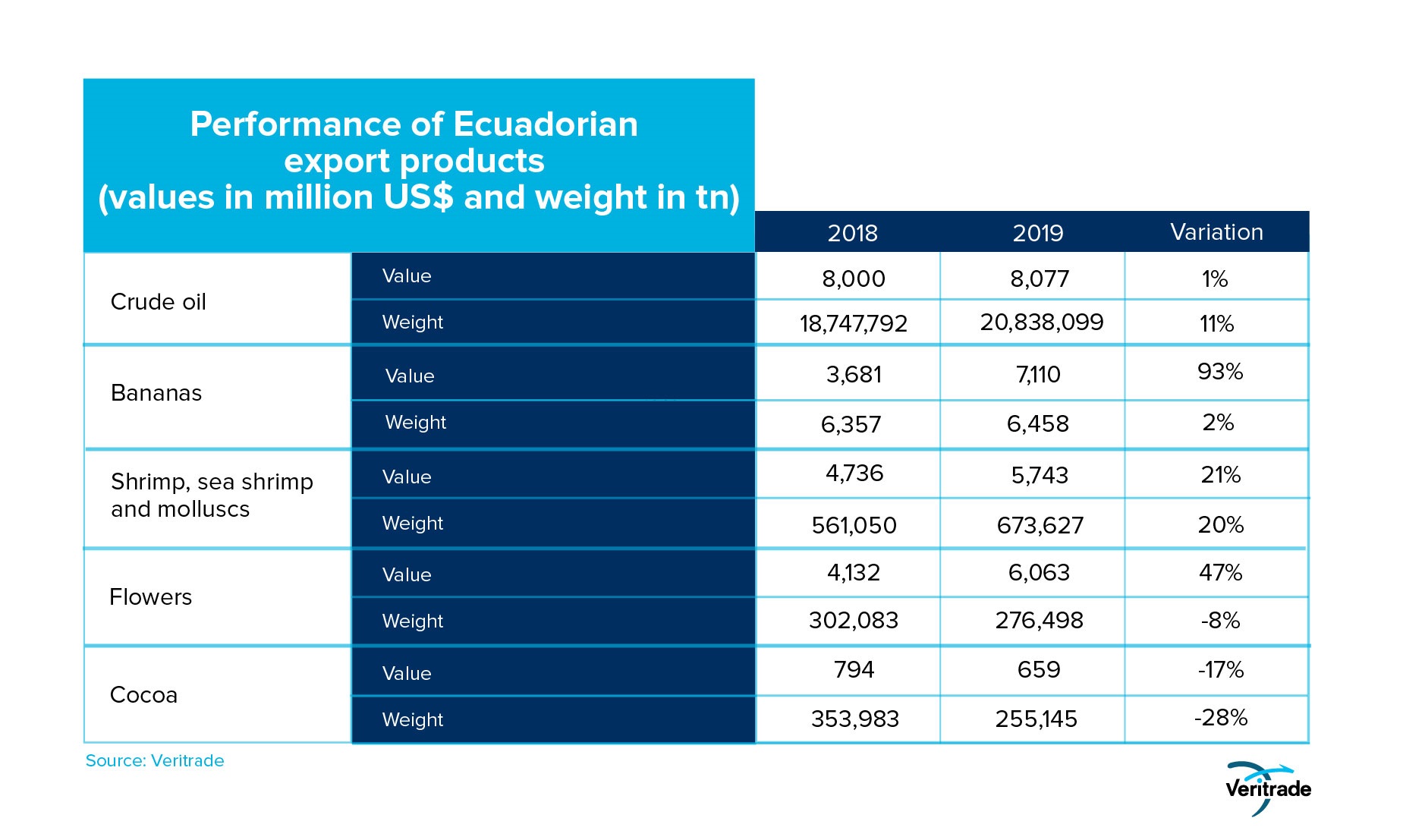
In the case of oil, although the price was recovered by the political crisis that put Iranian exports in check, the increase was not enough to compensate for the fall of the end of 2018, from which the market did not recover. Fortunately, prices have been at a level that has still kept the industry afloat, and Ecuadorian oil operations have been able to stand, and even increase their volume. In terms of destinations, oil exports are also diversified, and it supplies both the complex US refinery system, as well as the countries of the region and even China.
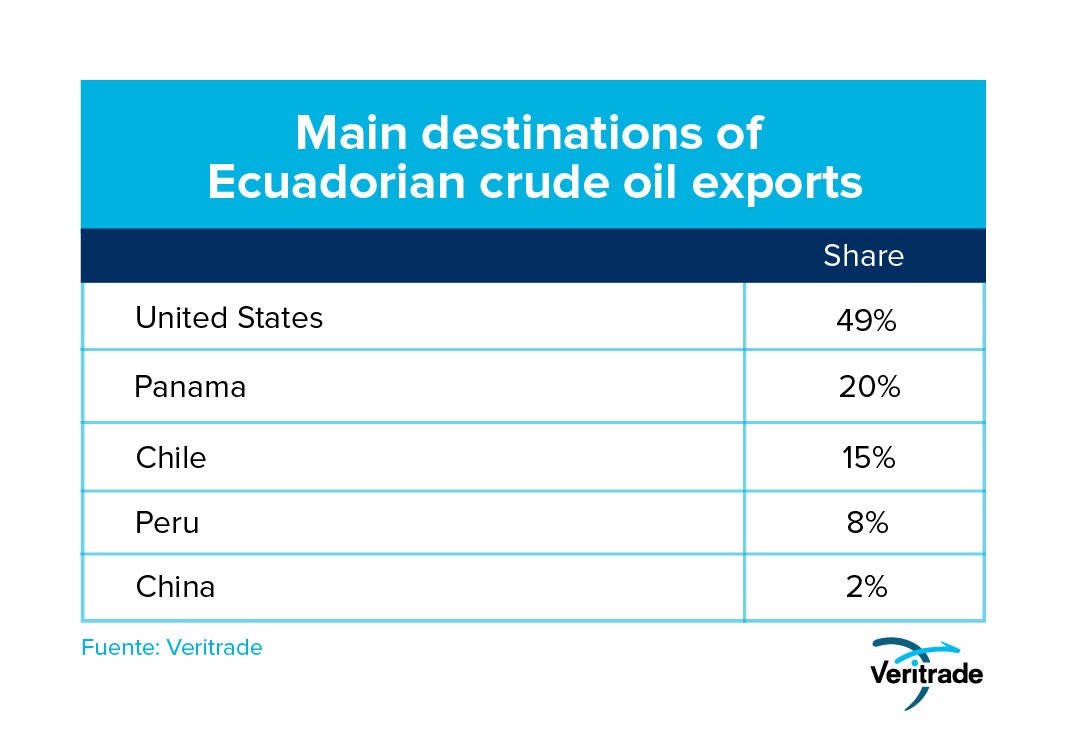
As for bananas, production could not take off due to weather and labor issues due to protests. Although there was a slight increase compared to the previous year, the figure may be higher if you have the right temperature and full use of labor. In this case, the dependence on the US market is high and one could work to develop the rest of the markets, having sanitary or commercial restrictions, but not structural ones such as the location of a refinery.
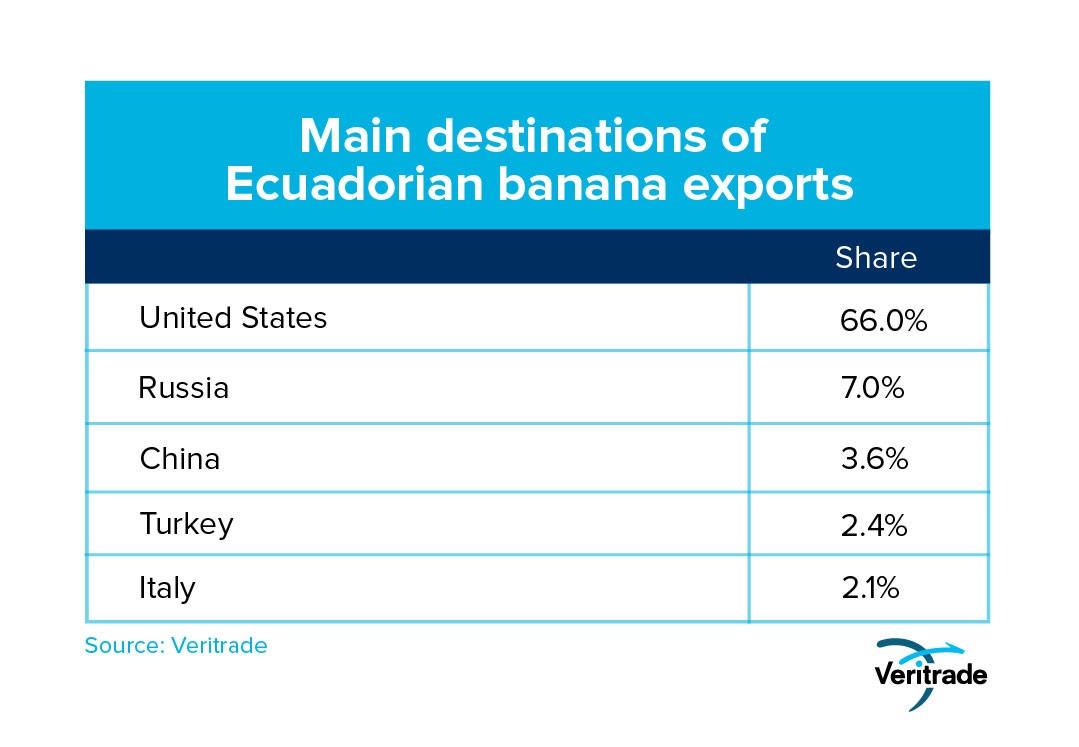
As for shrimp, its performance stood out in non-oil exports, which grew 4%. This is a case of use of the Asian market, which has a high demand for this product and mollusks in general due to its culinary tradition and receives with open arms a quality offer at a lower price. The competition with other origins such as Peru is strong, but the size of the Chinese market allows it to absorb a wide offer and give jobs to small and medium producers.
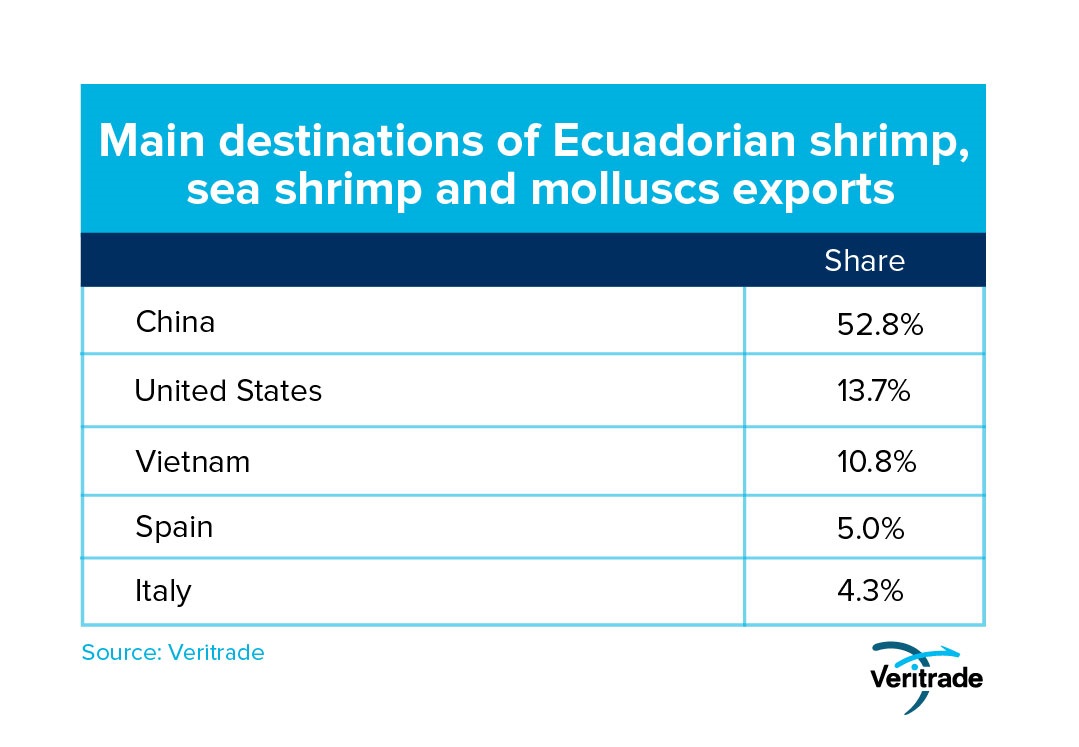
Floriculture is another sector that also offers opportunities for small and medium producers, who form a network of greenhouses that has allowed the development of one of the most competitive industries in the segment globally. The country has the appropriate weather conditions to take advantage of native and exotic varieties and, as in the case of shrimp, reach markets with a tradition of consumption and the need for good products at low prices. The level of diversification is quite high, and only the United States has a gravitational weight.
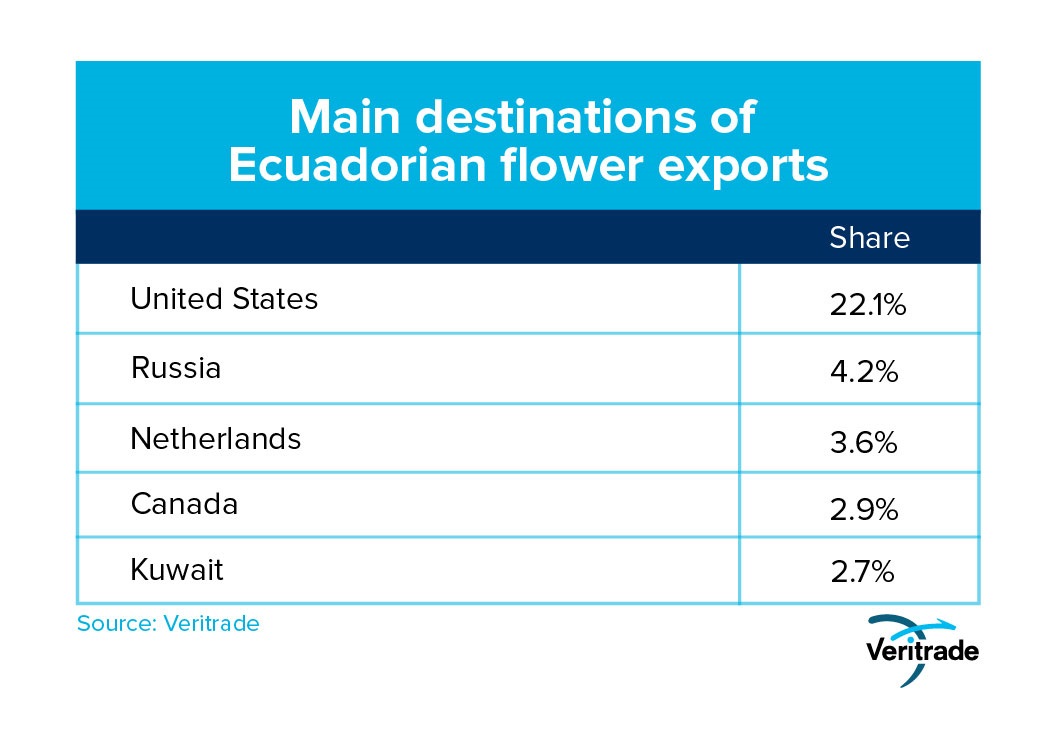
Finally, the product that did not have the same fate was cocoa. Although the price rose US $ 500 in one year, to reach US $ 2,800 per ton, production has not taken off due to the low incentive that prices have given to new investments. However, with the recent increase, it could receive a boost and see new crops that allow it to continue with the advance. The destinations are diversified, and show good work at a commercial level based on the reputation of the origin.
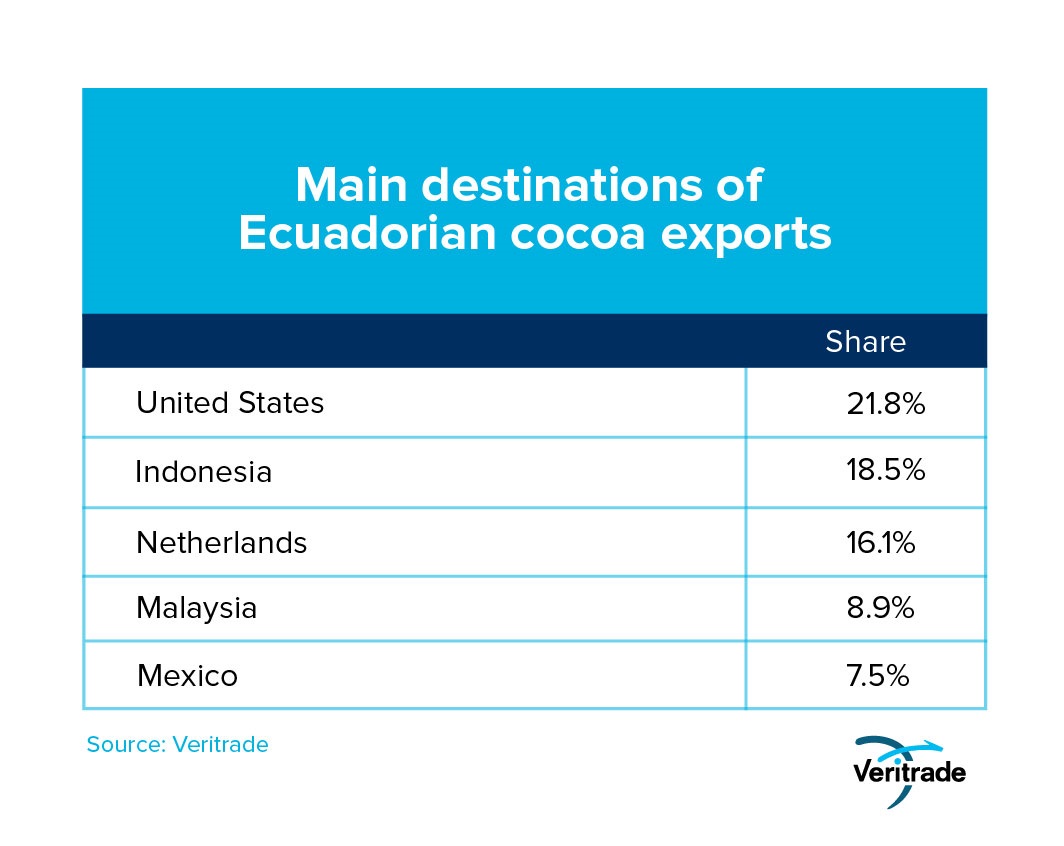
The performance of exports depends on both prices and the work of producers and the government to achieve greater quality and performance, and to overcome sanitary or commercial barriers, respectively. The challenge is to continue working to achieve it, and thus take advantage of the conditions granted by the Ecuadorian geography.
For more information on Ecuador's exports, you can enter the Veritrade portal.
Request your free trial by going to: https://bit.ly/385TnUC